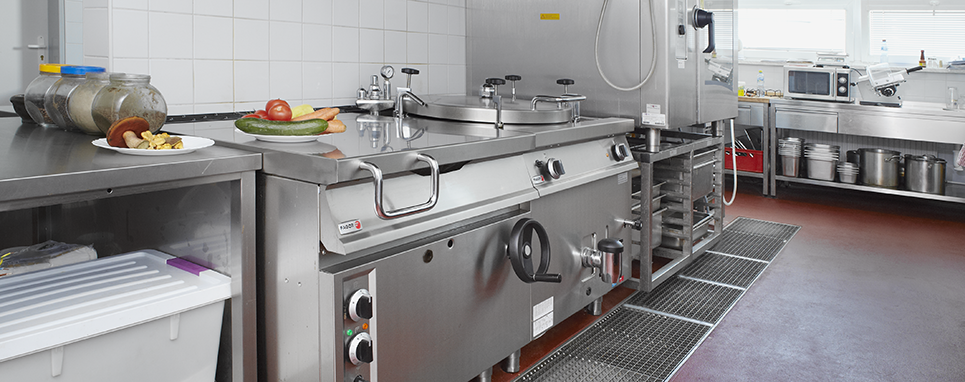
Is your drainage hygienic enough to ensure you have a clean, hygienic environment?
Silvana Chaves of consultancy ‘MC&SC Compartilhar’ gives her views on ACO Brazil’s recent event regarding hygienic drainage and explains how it changed her understanding of what’s required in food processing environments.
Picture gallery
On 20 January this year, I attended a meeting held by hygienic drainage experts, ACO Brazil. I confess I was surprised about what I thought I knew and what, in reality, I did not! At this event, I began to see drainage systems from a very different perspective ...
As a chemist with expertise in the food industry, it was very interesting to meet colleagues from different parts of the food sector at this event: architects, marketing experts, foreign trade representatives, restaurant designers, nutritionists, food service consultants, administrators and more. Yet everyone had the same, single objective: creating safe (hygienic) environments in the food and hospital sectors.
ACO Brazil focuses on developing technologically advanced drainage solutions and it is committed to ongoing research which underpins the company’s HygieneFirst philosophy and the development of its world-class, aesetically pleasing, high performance drainage solutions. It also has a great deal of expertise and knowledge about drainage systems and can provide educational videos on the topic.
When we think of a hygienic drainage system in a food processing plant or a hospital, we think of effective cleaning, clean work surfaces and an environment free from dirt and contamination but there is more to it than than. And here comes a hint: the floor and the room will only be clean if the drain is clean.
I heard it said that listeria is often found in drainage systems if they are not properly designed, maintained and sanitized. While looking for information about listeria in drains, I discovered several studies on this subject that confirm the existence of this type of contamination.
See the results from tests in a hospital kitchen below:
- Analysed ready-to-eat food
- L. monocytogenes/25 g
Table 1: Listeria sp. present in the production and processing area of a hospital kitchen
Kitchen zone | Analyzed point | December 2013 | May 2014 | ||
L. monocytogenes | L. innocua | L. monocytogenes | L. innocua | ||
Meat refrigerator | Shelves | ND | ND | - | - |
Thawing trays | ND | ND | - | - | |
Walls | ND | ND | - | - | |
Drain | Present | Present | Present | ND | |
Meat preparation zone | Bench | ND | ND | - | - |
Bench vats | ND | Present | ND | ND | |
Vat drains | ND | ND | - | - | |
Floor grates and drain | Present | Present | Present | ND | |
Meat saw* | ND | Present | ND | ND | |
Red raw meat cutting board* | ND | ND | - | - | |
Vegetables preparation zone | Bench vats | ND | ND | - | - |
Vat drains | ND | ND | - | - | |
Floor grates and drain | ND | ND | - | - | |
Green vegetable cutting board* | Present | ND | ND | ND | |
| Bench and bench vats | ND | ND | - | - |
Vat drain | ND | ND | - | - | |
Floor grates and drain (stove area) | Present | ND | Present | ND | |
So how good is the drainage system in your company? Was it hygienically designed and built? Does it help or does it jeopardize your production environment? How many times do you perform cleaning and how easy is this to do? How often do you test grates and drains for pathogens? Have you already found a biofilm in your drainage system? Did you know that listeria is often found in drainage systems? How will I look at drainage in future audits? How many pools of liquid are found where they should not be? How many drains and grates were badly designed?
In summary, it is perhaps time to ask, are your drainage and gratings hygienic enough for a food-processing environment?